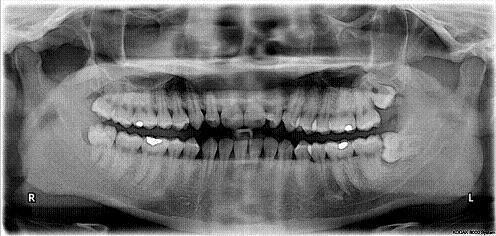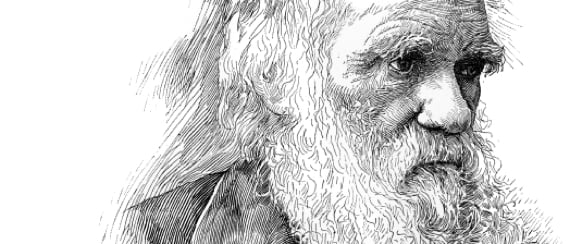
Our wisdom teeth, for example, are left-overs from a diet of eating meat straight from the bone — one that would have been extremely difficult on our teeth. During these times, the appearance of reserve teeth later in life was quite welcome. Now, however, we rarely lose the teeth which wisdom teeth are meant to replace. Thus, they’re an evolutionary feature that we have outgrown.
Similarly, our third eyelid, known as plica semilunaris, is a vestigal remnant of something called the “nictitating membrane”, which could be pulled across the eye for moistening and protection while still maintaining visibility. While most mammals no longer retain this membrane, it is still present in various birds, reptiles, and sharks.
The Science Channel has a list of ten organs that no longer serve the purpose for which they were developed, including body hair (for warmth), the erector pili (which made our long hair stand on end and made us appear more intimidating), and the cocyx (the fused vertebrae from where we once had a tail).

